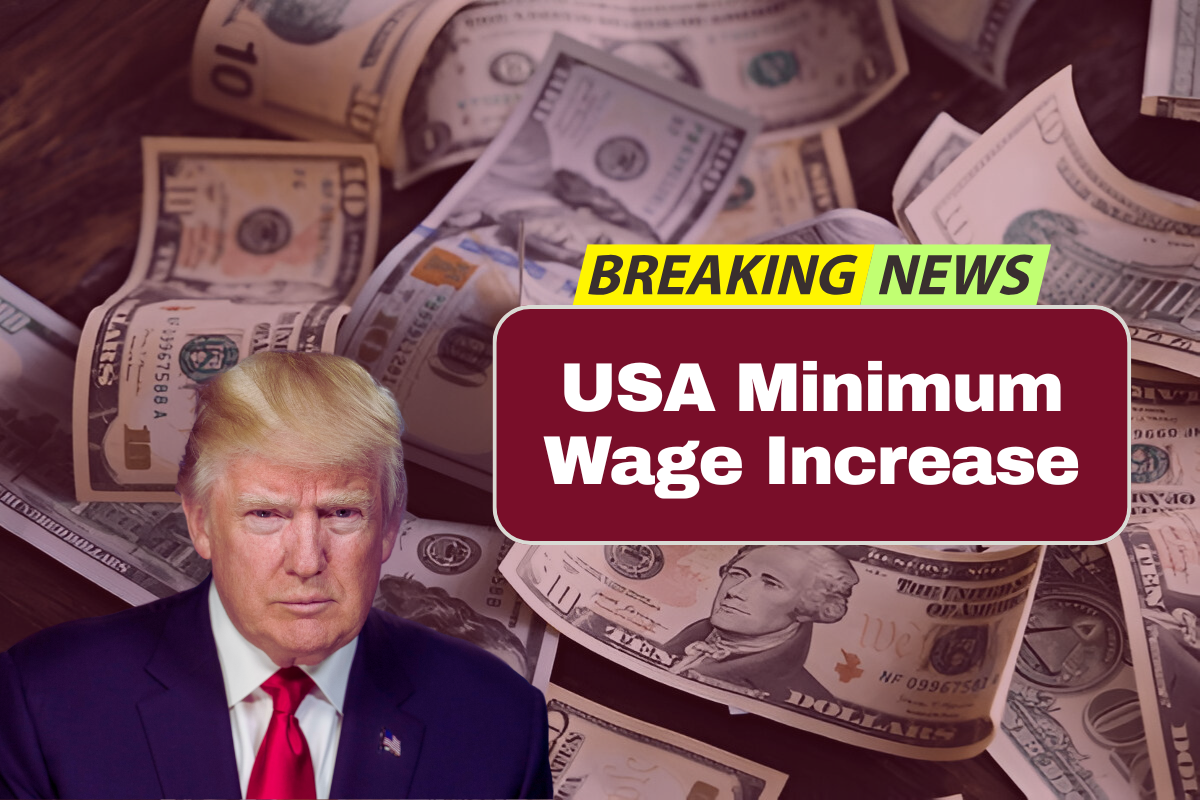
Why Some States Won’t See a Real Raise in 2025 — Even With the New Minimum Wage Hike
by Amiya Nandy in Business, News on May 23, 2025The latest 2025 minimum wage revisions gave a large number of Americans hope that the cost of living would decrease. However, here is a fact unknown to most people: only some workers will be positively impacted.
According that the federal minimum wage is still $7.25 per hour, however, prices for groceries, rent, and gas are going up and that wages are still the same. Although fifty-two percent of the U.S. states are implementing higher minimum wage rates this year, the workers of the remaining states might not notice the difference.
The question now is, what are the changes that will not allow you to stretch your paycheck even with the headlines claiming so? Let’s find out what’s new!
Federal Minimum Wage Still $7.25 in 2025
Even with massive support behind the curtain, the U.S. Department of Labor has affirmed they are leaving the minimum wage at $7.25/hour in 2025. Since 2009, that figure has remained untouched. So for those who work in states that haven’t set their minimum wage higher, this figure would still refer to the pay floor.
Although there really are a few states, such as Georgia and Wyoming, that are still under the level of wages set by the federal government, they are mostly obliged to follow the federal rule in most jobs.
Which States Are Actually Raising Wages?
Based on the survey from the Department of Labor, 30 states and Washington, D.C. are the states that have minimum wage above the basic one. Some of the 2025 examples are as follows:
- Washington: $16.66/hour (the highest in the nation)
- California: $16.50/hour
- New York: $15.50/hour (outside NYC)
- Florida: $13/hour (part of a gradual increase to $15 by 2026)
But still, some of the states in the US, e. g., Texas, Alabama, Louisiana, and South Carolina pay to the workers only the federal minimum wage. That amount is equal to $290 for a 40-hour week before taxes.
Inflation Eats Up the Gains
The increase in minimum wages in the different states is not enough because costs are steadily rising along with the increase in money. The average individual spends more on housing, food, and medical care than they did two years ago but in many cases the same is not true for the income for these services.
Some scientists believe this is called “nominal raise, real loss” which means that even though wages are higher on the paper, they are still unable to buy these goods because the real price has increased.
Non-Tipped and Adult Workers Earn More
The wages that are given to workers that are not in receipt of tips is one area that is still in need of revamping.
- Most states’ workers who receive tips can be paid as little as 2.13 dollars per hour, and they are expected to get the rest of the money from the tips.
- It is legal for teen workers to be paid a “training wage” that is less than the minimum wage during the first 90 days of work.
This is to say that two people doing the same job in different states — or even in the same store — could earn different amounts of money in 2025 that can be poles apart.
Things to Observe
Despite being short of a country-wide increase, a lot of pressure is being felt. A new version of the Raise the Wage Act has been introduced in the Congress. If it is approved, the federal minimum wage will soar up to $17/hour by 2030.
Until that happens, however, business opportunities in relation to the wage in the U.S. is a matter of the place where you are only.
In case you do not know what rights you have, you can visit U.S. Department of Labor website for more information.
U.S. Department of Labor or check with your state’s labor agency. Numerous workers have no idea that they might be able to get back pay or could get their rights enforced if they have been exploited.
The news may tell us that the minimum wage is increasing, but no one can be sure of it until they know the state, the job, and the case.
What if you are from the 20 states that are still locked at $7.25/hour? Propaganda might not be the right word for such news but the raise of that sort could hardly be yours.





